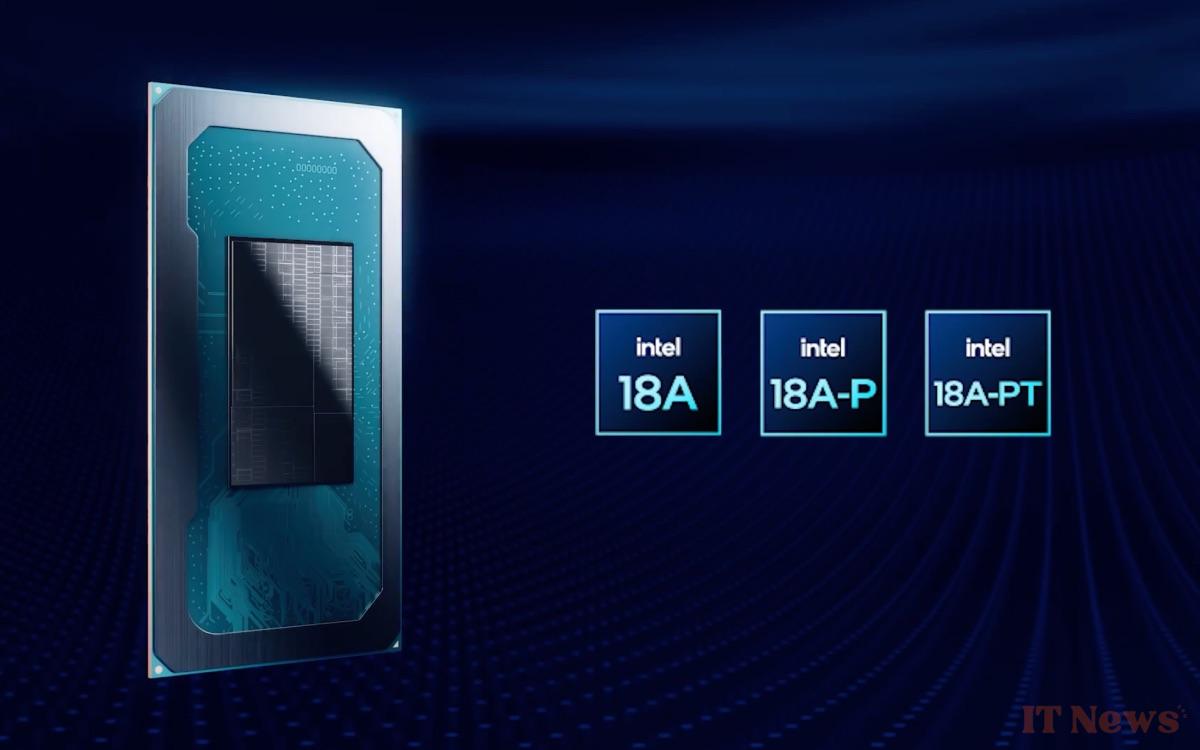After years of delay, Intel is back with a new, more compact, faster, and more economical engraving technology. The goal is clear: to catch up with TSMC and position itself against the future 2nm chips promised to Apple.
Intel has long been considered the world leader in processor manufacturing. But in recent years, the American brand has fallen behind TSMC and Samsung, which are faster at launching chips engraved at 5nm or less. Today, the company is unveiling its 18A engraving process, a next-generation technology designed to get back on par with the best. On an industrial scale, this type of engraving makes it possible to create more efficient and less energy-intensive chips, while reducing their size. A strategic challenge for the entire sector.
18A etching promises impressive results: up to 25% more performance or 36% less power consumption compared to the previous generation. Transistor density increases by around 30%, and the size of the SRAM memory is reduced, which also improves efficiency. This process will be used on the future Panther Lake chips, expected in late 2025. Intel aims to compete with TSMC's 2nm chips, which will likely power the iPhone 17 Pro. Apple could thus benefit from a decisive advantage in uses related to embedded AI, an area where every energy gain counts.
Intel wants to catch up with Apple and TSMC with its new 18A etching technology
To achieve these results, the company is banking on two major innovations: RibbonFET transistors, more efficient thanks to a structure that completely surrounds the channel, and PowerVia, a system that places the power supply at the back of the chip. This combination saves space, reduces interference, and improves energy efficiency.
Manufacturing is also simplified, which could help Intel gain consistency after several years of successive delays on its old processes. Microsoft made no mistake: the firm signed a strategic partnership to design custom AI chips engraved in 18A, for a total of over $15 billion.
Intel assures that its technology is ready for production, having passed rigorous reliability tests, particularly on the embedded memory. The race is now on to deliver on time and regain market confidence. In a context where each generation of chips becomes a strategic issue, Intel 18A represents a serious attempt to return to the leading pack, alongside TSMC and Samsung.




0 Comments